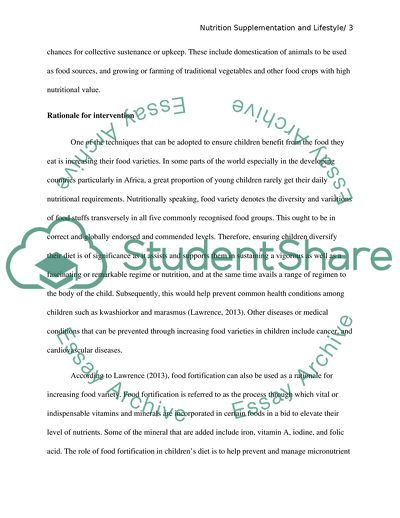Cite this document
(Nutrition Supplementation and Lifestyle Case Study, n.d.)
Nutrition Supplementation and Lifestyle Case Study. Retrieved from https://studentshare.org/health-sciences-medicine/1805694-nutrition-suplementation-and-lifestyle
Nutrition Supplementation and Lifestyle Case Study. Retrieved from https://studentshare.org/health-sciences-medicine/1805694-nutrition-suplementation-and-lifestyle
(Nutrition Supplementation and Lifestyle Case Study)
Nutrition Supplementation and Lifestyle Case Study. https://studentshare.org/health-sciences-medicine/1805694-nutrition-suplementation-and-lifestyle.
Nutrition Supplementation and Lifestyle Case Study. https://studentshare.org/health-sciences-medicine/1805694-nutrition-suplementation-and-lifestyle.
“Nutrition Supplementation and Lifestyle Case Study”. https://studentshare.org/health-sciences-medicine/1805694-nutrition-suplementation-and-lifestyle.


